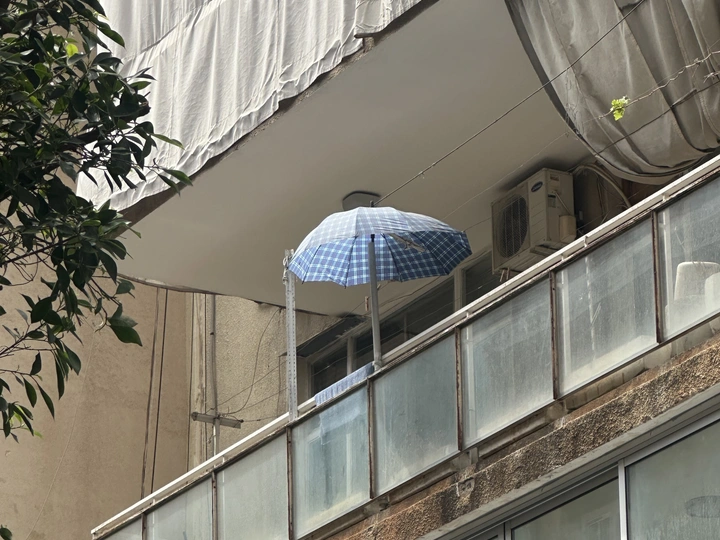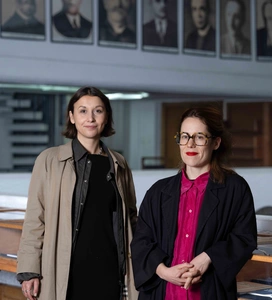Cooling Commons: A Shady Manual

Zarah Fahrni
Public Projects is a collaboration founded by architects Laura Bruder and Zarah Fahrni, working between Zurich, Stuttgart, and Cairo. Educated at ETH Zurich, TU Delft, and EPFL respectively, they share a deep commitment to spatial justice and to creating frameworks for equitable access and negotiation of space. Their practice advocates for human-centered design and participatory methods that reimagine the social and cultural potential of the built environment.
Their work focuses on architectural strategies that ignite grassroots engagement and foster collective ownership. Through collaborative and imaginative processes, they aim to create spaces that are inclusive, functional, emotionally resonant, and culturally grounded.
Laura explores re-use strategies and performative approaches to reactivate spatial and material narratives. Her diploma project under Arno Brandlhuber investigated the informal appropriation of privatized public space. Moving fluidly between architecture, design, performance, and writing, her work questions spatial norms and reframes everyday environments. She has collaborated with EM2N, Dogma, and Schmidlin, and is particularly interested in blending critical research with spatial experimentation.
Zarah works between Zurich and Cairo, with five years’ experience as a project lead at WALDRAP, among others. Her practice lies at the intersection of socio-political dynamics and spatial production, focusing on bottom-up processes and appropriable public spaces. She engages with infrastructure, low-cost housing, and intercultural strategies, particularly in resource-constrained contexts. Her recent collaboration with CLUSTER Cairo on heat mitigation in public space reflects her interest in urban resilience and climate-adaptive design.
PP cultivates a design ethos that is grounded, playful, and politically aware, working at the intersection of research, design, and civic imagination to shape a more equitable and sustainable spatial future.
Heat is one of the defining phenomena of our time, simultaneously vital and life threatening. As global temperatures rise, their effects manifest spatially: in how we move, gather, and inhabit our shared spaces. And while much of the architectural response has focused on insulation, energy efficiency, or high-tech climate control, the act of seeking shade remains one of the most elemental spatial strategies.
This proposal suggests a research-led project that investigates how shade, as typology and movement pattern, can support liveable public spaces in a warming world. We begin with the Mediterranean region, where people have long coped with heat through architectural and informal strategies, from courtyards and arcades to shifted rhythms and communal adaptation. We aim to learn from existing practices and reinterpret them as spatial and embodied knowledge for present and future climates.
The outcome is a manual of spatial strategies for shared shade, gathering, comparing, and visualizing techniques that range from urban design to everyday tactics. Rather than a technical guideline, it is conceived as a democratic and community-oriented handbook, accessible to both planning authorities and individuals alike. Alongside fieldwork and mapping, the manual may be tested and applied through a site-specific intervention, for example in Pristina during the LINA Forum, adapting collected knowledge to local spatial conditions.
In doing so, we ask: How does heat change the way we value, use, and design space? How can shading practices become tools of social as well as spatial resilience and public imagination? And how can we reframe environmental response as a collective spatial culture?
